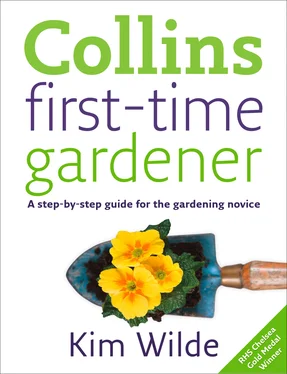Take some photographs of your garden from upstairs, too, as it will help you to get a better idea of your garden’s layout.
Developing your plan
Before going any further, get back in the garden, this time with your camera. Take photographs from different places and at different angles. Stand with your back against each of your downstairs windows too, as these photographs will highlight the view from inside your house. This is a very helpful adjunct to your ground plan. Sometimes a view from a living room or kitchen window can be important, especially in the colder months when you won’t go outside into the garden so much. Photographs show you how your garden really looks. It’s like having a fresh pair of eyes viewing it for the first time. You can also draw your ideas directly onto your photographs, or onto tracing paper placed over them.
It’s also necessary to think about what you really want from your garden. So before you move onto thinking about what are the essentials of good garden design ( here), make a list of which features you feel are most important for your garden, as these can have a bearing on your layout. Use this list as a starting point for assessing your own requirements:
• A patio or decking area with table and chairs for relaxing and outdoor dining.
• A children’s play area, possibly with their own patch of garden.
• Other seating areas in different parts of the garden.
• Lawned areas, formal or informal.
• A vegetable or herb garden.
• A garden shed, essential for storage of tools, bicycles, toys, etc.
• A barbecue area, close to your outdoor dining area.
• Water features.
• A pergola for shade, shelter and privacy.
• A greenhouse.
• New pathways, for practical or design purposes.
• New fences and hedges for privacy and shelter.
• A washing line.
• A place for the dustbins.
• A kennel for your dog.
Taking your outline garden plan, start to work through your list in conjunction with the ideas on the following pages, beginning with the most essential features. Decide on the best place for each feature, and roughly mark their positions either on one of your photocopied plans or on a tracing paper overlay.
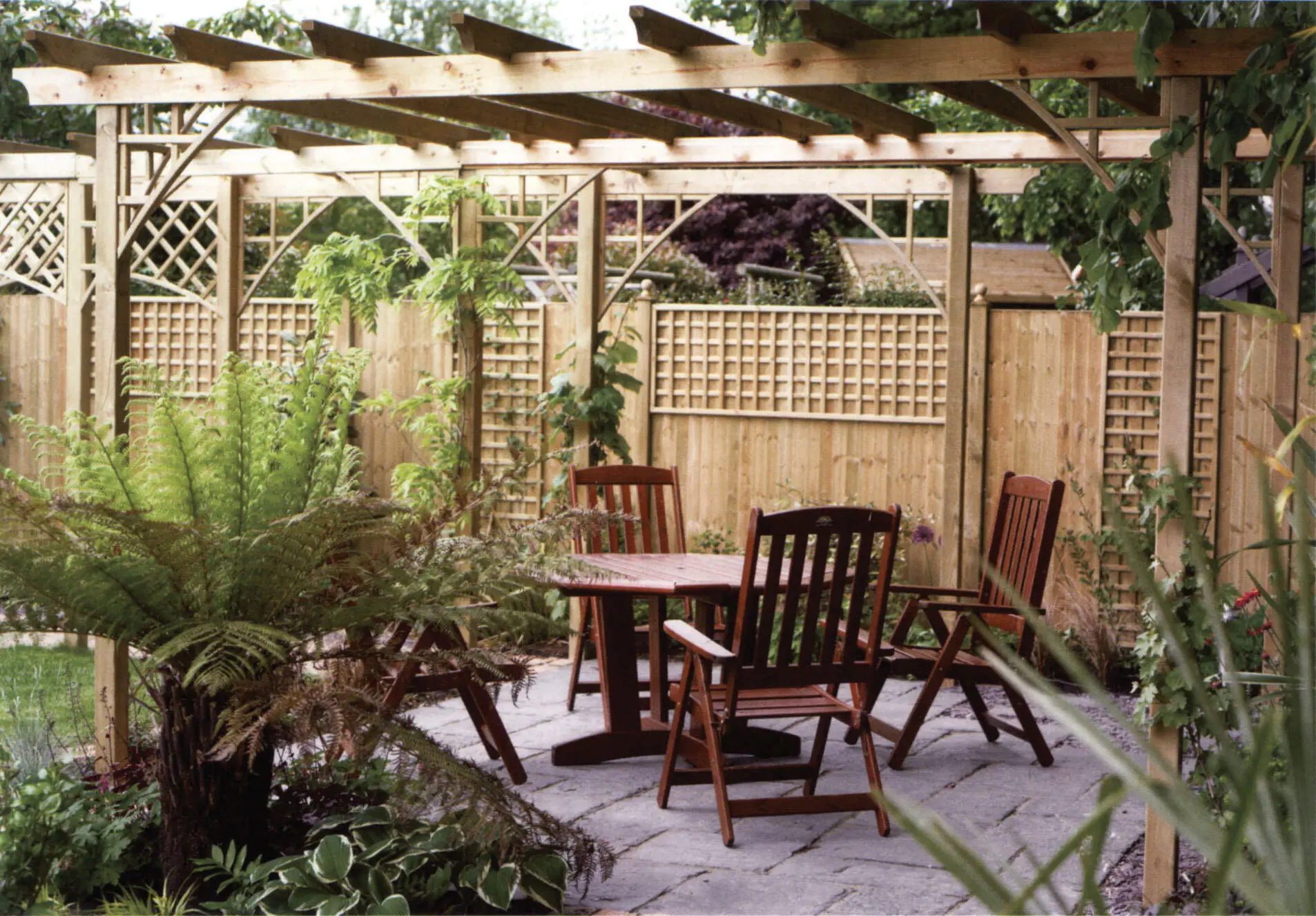
An outdoor dining area is number one on most people’s requirements
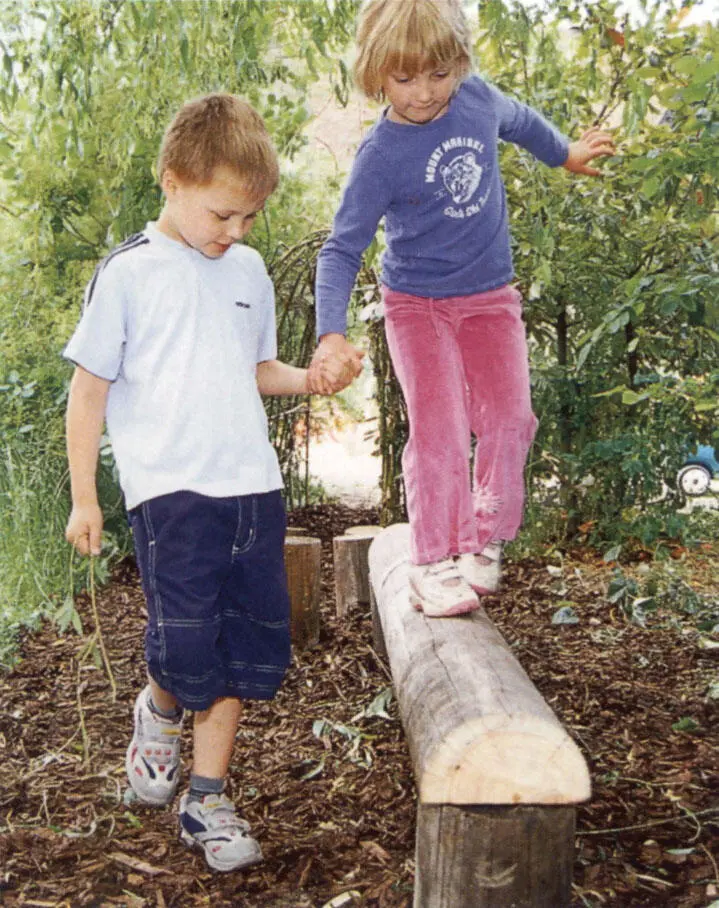
. . . and don’t forget about the children either.
How are you going to use the garden?Almost certainly you will want an outside dining space. Ideally this should be situated close to the house, within easy reach of the kitchen, to make it easier to dress the table and serve food. Dining al fresco is such an enjoyment and is something that you can take delight in at most times of the year. Make sure that this aspect is catered for in your overall garden design. Outdoor dining areas should be private too, so consider screening or the planting of some hedges if required. One clever way to provide more privacy is to erect a simple pergola across the top of the area, which would provide shelter from the sun and rain in addition to the extra privacy.
Do children need catering for?If so, they will need an area where they can play without worry of damage to plants. Any play area should be within close supervision from the house so you can keep an eye on the children and be immediately able to attend to their needs. There are many ways to encourage children to get more involved in the garden, and for them to have their own little patch to grow flowers and vegetables on is a great idea, even if it is only in containers.
A second seating area?If you have the room, a second seating area in a different part of the garden can be very useful. In summer or winter, one area may have a more pleasant temperature than the other. Ask yourself where is the last part of the garden that you get the evening sun? It may be the perfect place for an outdoor dining area or at least it could be a position for a seat or a bench. You may also want to create a secluded place where you can sit and read or just enjoy a snooze on a sunny afternoon. Or you could plant a hedge that will provide a 2m (6ft) tall screen or use a part of the house, a dividing wall or the garden shed to provide a quiet enclosure. If your garden is small, perhaps use a central decking or patio area surrounded by plants.
Do you want a lawn?In a small garden ask yourself if you really need a lawn. In the summer it may need cutting twice a week, every week, there will be occasional weeds to deal with and, of course, a lawnmower to buy and maintain. If you are going to keep your lawn, remember that you can easily change its size to fit your new garden layout, making it larger or smaller, or a more interesting shape (see here). You might want to consider changing some of the lawn to hard landscaping or have a path through borders instead. Smooth, rounded corners are much easier to push the lawnmower around than sharp corners, making the lawn quicker to cut and generally easier to maintain. It’s also possible to fill in any hollows or smooth out bumps in an existing lawn. In fact, even an existing lawn in a poor state of health can be completely rejuvenated, saving money on otherwise replacing it.
If you do decide to replace your lawn, or create a new one, I would recommend turfing it (see here). Seed sown lawns are slow to establish and more weeds germinate, while the new grass seedlings are developing. The other brilliant thing with turf is that it is instant.
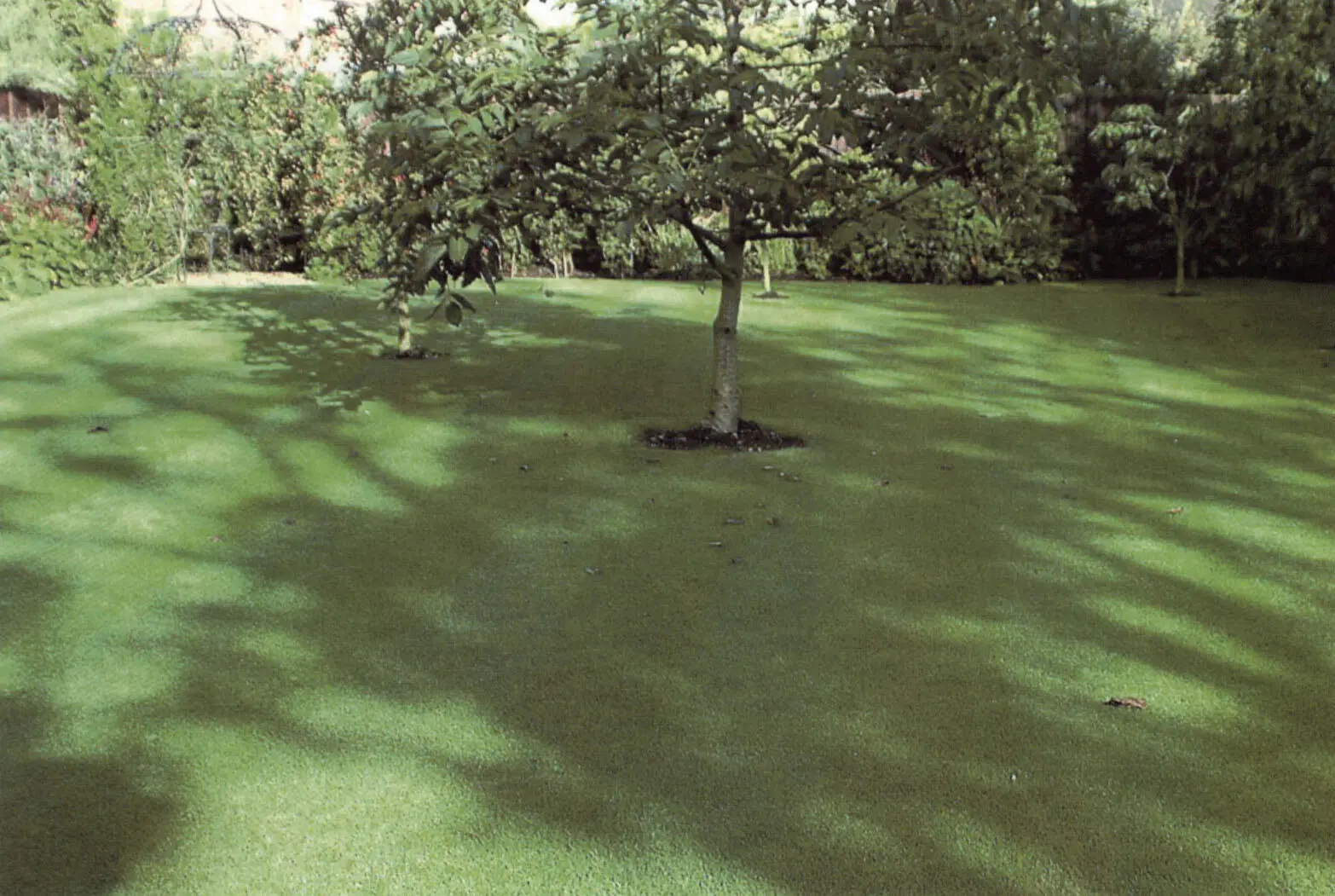
Lawns provide a soft surface that is ideal for relaxation or recreation. They do require some simple regular maintenance though (see here).
Vegetable plot?Many people nowadays are interested in growing their own vegetables. We get much pleasure from our vegetable plot and nothing can beat having your own supply of home-grown vegetables and herbs. Even a small space can provide a few vegetables. A vegetable plot or raised beds need to go on your plan in a sheltered but open, sunny part of the garden and preferably somewhere the hose reaches!
Would you enjoy a water feature?Water features are really popular. There is nothing more relaxing than watching fish in an ornamental pool and listening to the gentle sound of trickling water. Water features do not necessarily need fish, however, and there are some very simple ready-made features in most garden centres that circulate water using a pump, providing an attractive feature and, of course, that all important sound. These types of features also pose no dangers to young children, as there is no pool of water. If there are no children about, then there are many opportunities to install water into your garden in the form of a pool, in a way that fits your particular garden style. (See also here.)
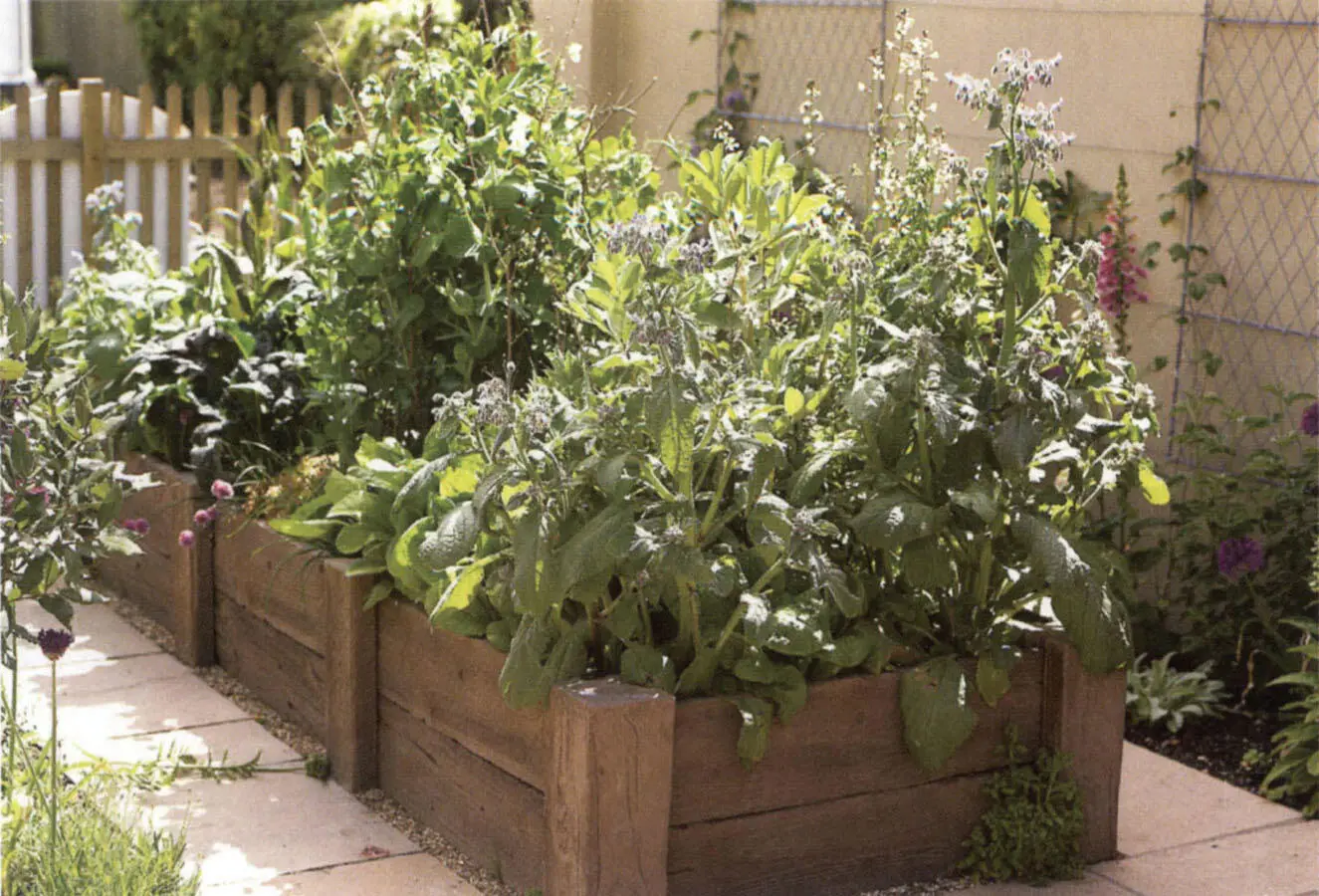
Even a small area can supply you with plenty of fresh herbs and vegetables.
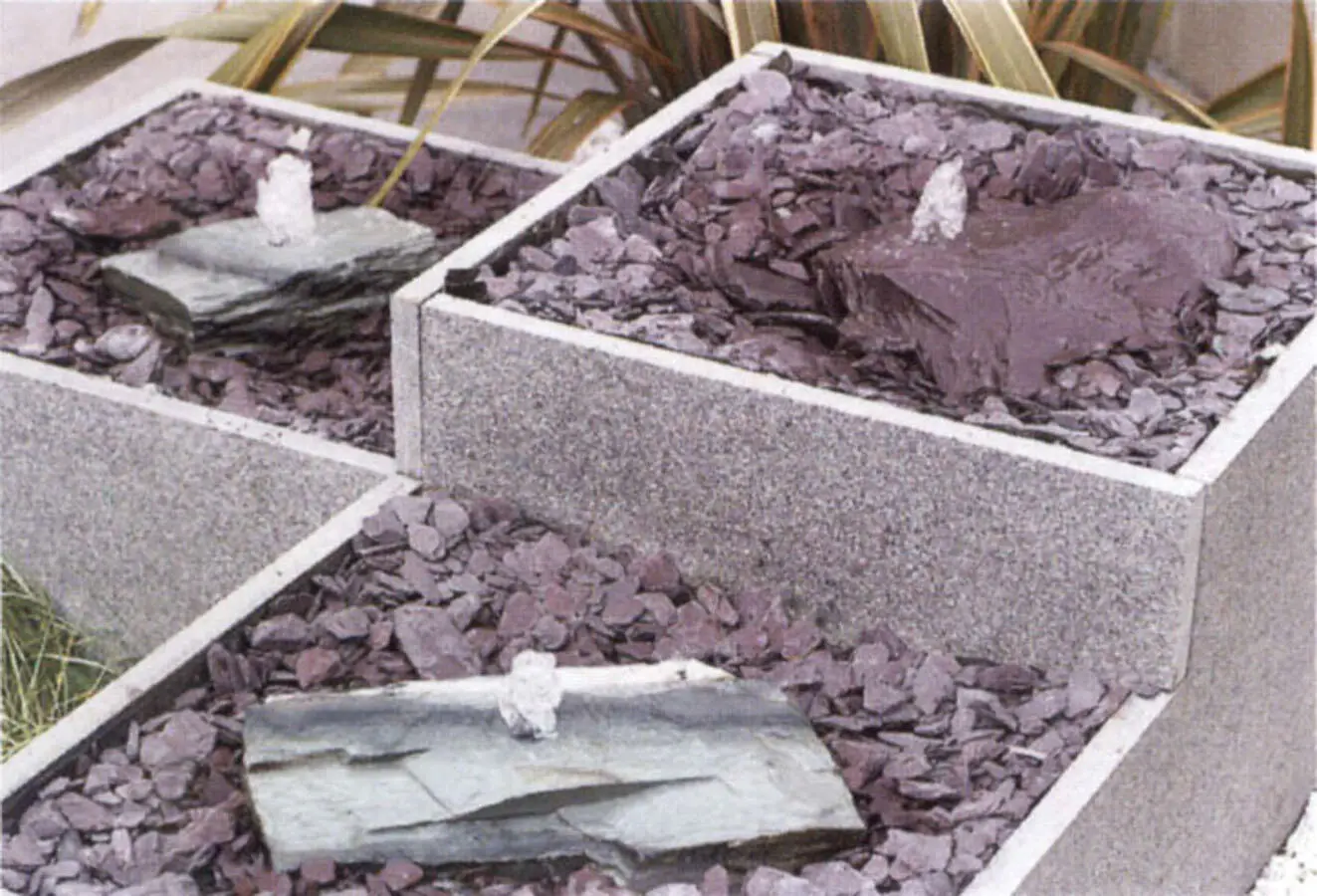
It is possible to have the sound of running water without a pool to maintain.
Читать дальше
